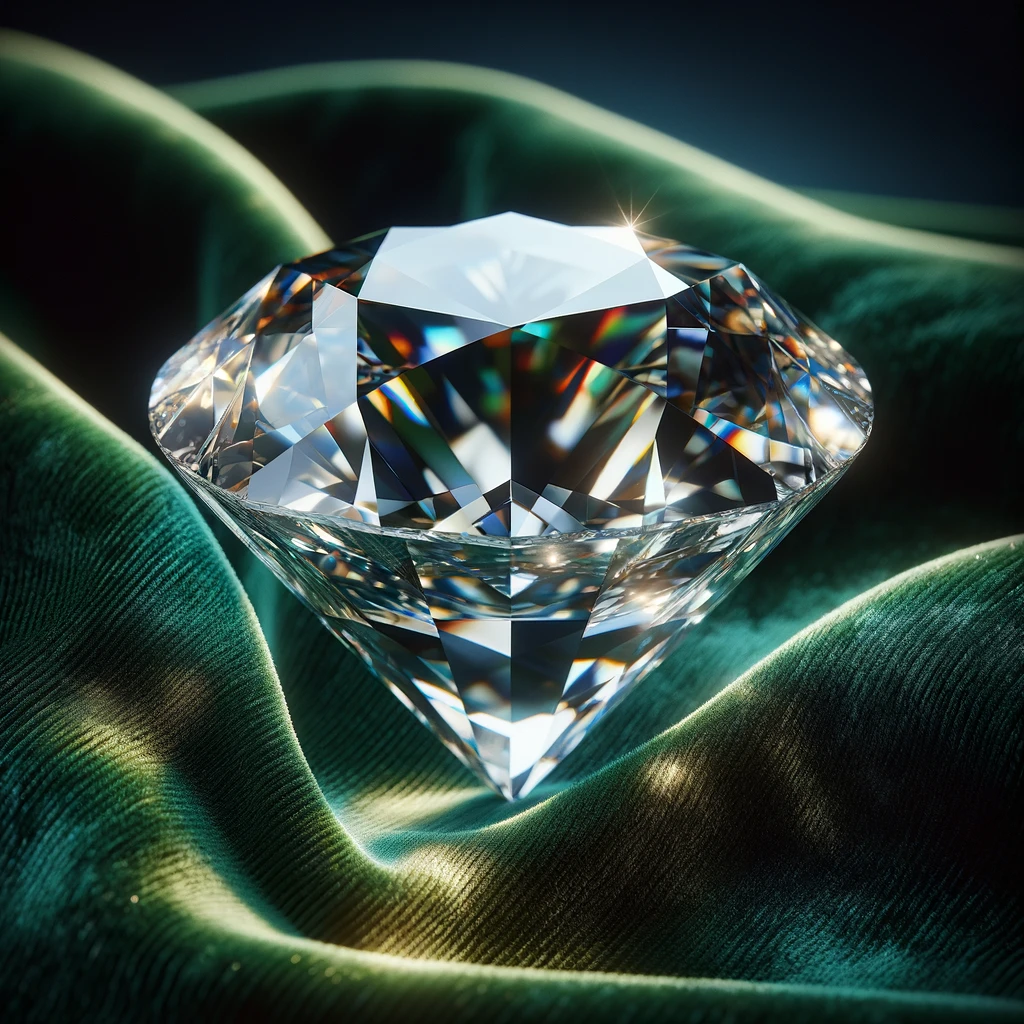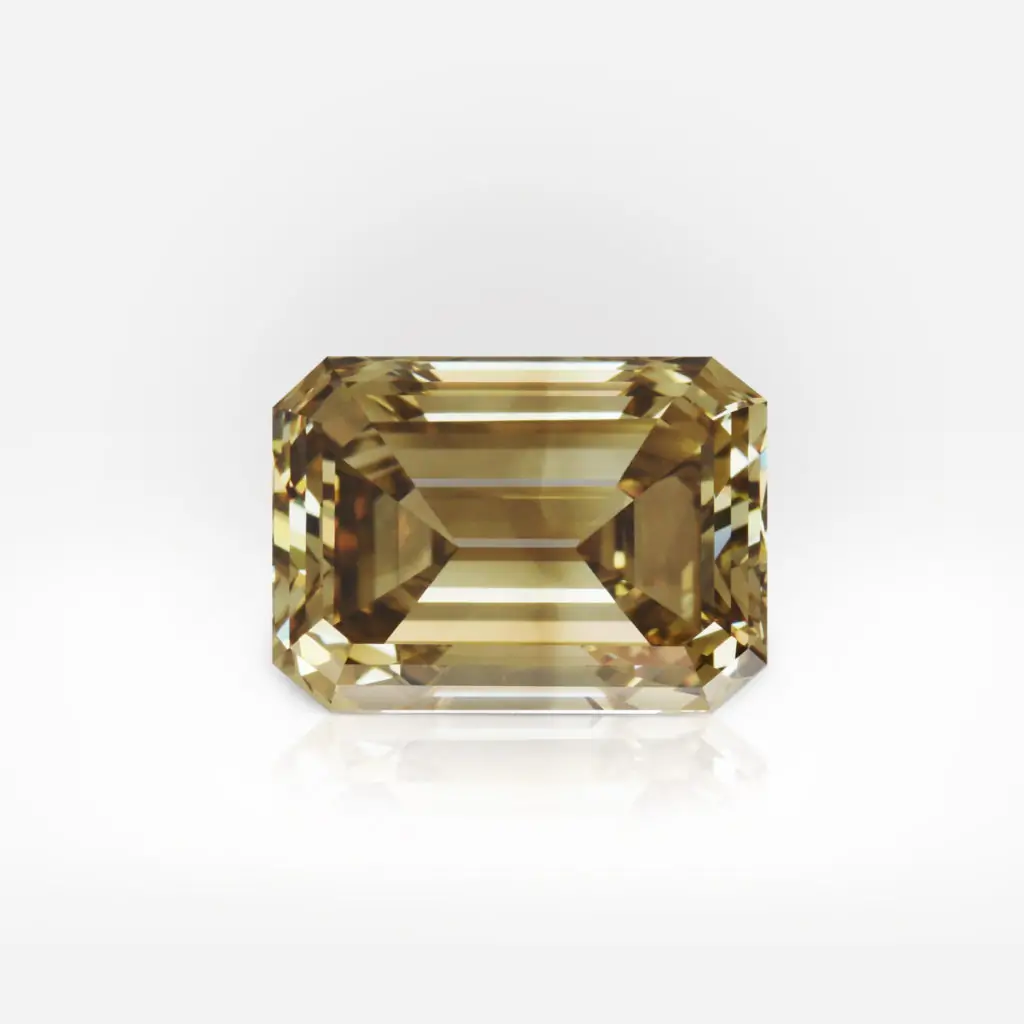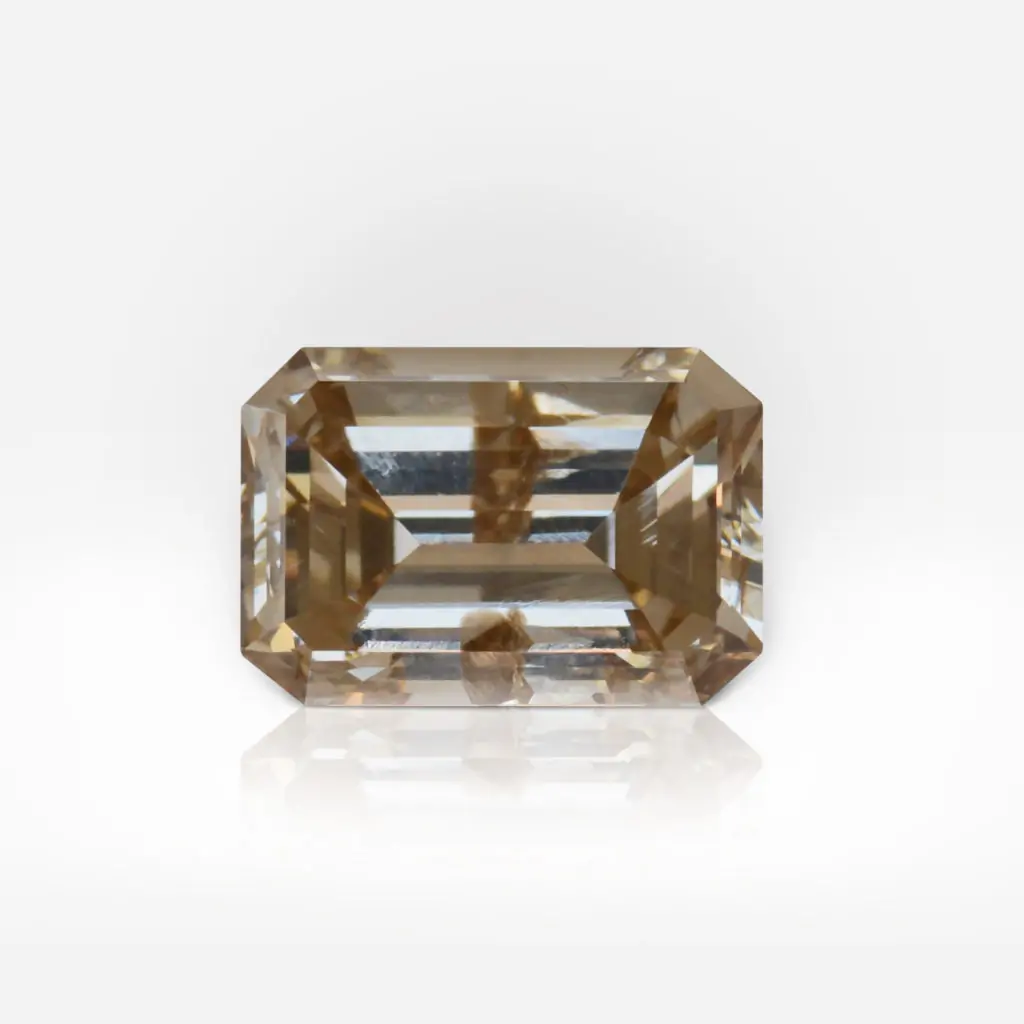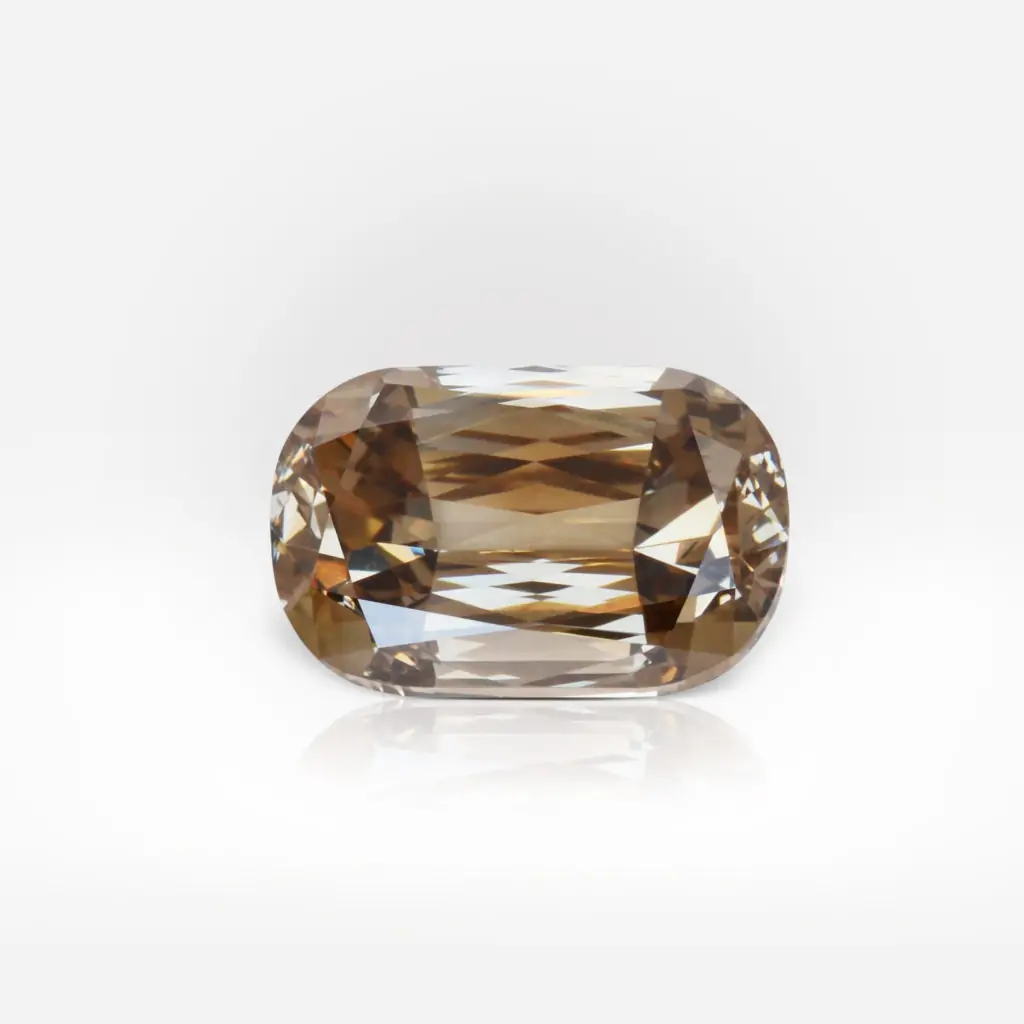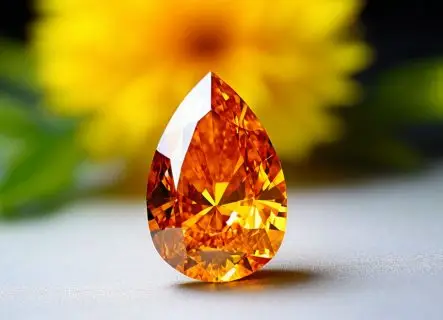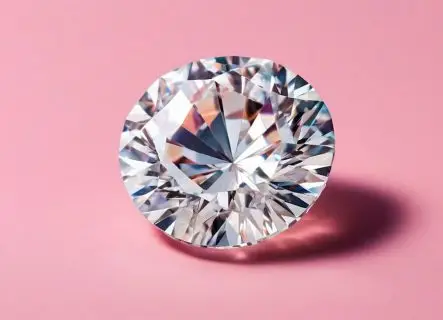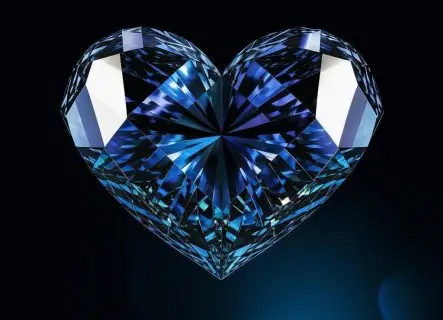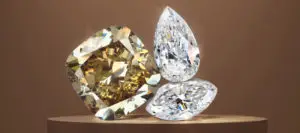
What’s champagne got to do with diamonds? Do these also have bubbles in them? Or do they uplift the spirit just as well as champagne?
This article will provide answers to these and a host of other searches, such as whether or not purchasing Champagne diamonds is worthwhile. After reading it, make some conclusions!
What is a Champagne diamond?
Let’s start by discussing the naming. Which gems are typically referred to as Champagne?
The term “Champagne” describes Brown Diamonds with a secondary yellow color. The tint of such stones is similar to champagne. Their yellow color can be intense or mild, giving the stones a distinct shade.
The nitrogen that becomes trapped during the diamond-formation process gives champagne diamonds their hue. The darker the brown color intensity, the higher the nitrogen content.
The GIA certificate may designate these stones as fancy light yellow brown or fancy yellow brown in hue.
There are several places in the world where champagne stones are mined. But the most well-known mines are in Africa, Siberia, and Australia. Such jewels, for instance, are produced by the well-known Argyle Diamond mine in Australia.
These stones have a Mohs Hardness Scale score of 10, which means they are just as hard as, say, white stones.
Although these are different names for the same category of brown diamonds, champagne diamonds are sometimes referred to as cognac or chocolate diamonds. Chocolate diamonds are dark brown, whereas cognac diamonds are orange in color. Nevertheless, some notice these names as merely a clever marketing gimmick.
Are Champagne diamonds rare?
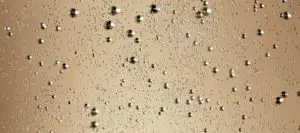
A valid question for people who focus exclusively on the source.
Given their enigmatic name, one may assume that these diamonds are extraordinarily rare. That isn’t the case, though. As rare as natural diamonds are champagne diamonds. They most certainly do not hold the top spot when it comes to rarity among fancy hue diamonds; in fact, even White diamonds are rarer than Champagne ones.
In general, one of the most well-known colors of fancy color diamonds is champagne.
But let’s not forget to pour gasoline to the fire—the biggest Argyle mine that produced Brown diamonds has closed. Indeed, this aspect makes them even more unique, don’t you think?
How expensive are Champagne diamonds?
Is it therefore reasonable to ask for the general cost of champagne diamonds?
Because they are natural diamonds, these stones are more expensive than other gemstones; nonetheless, Champagne diamonds are frequently less expensive than other diamonds. Champagne diamonds, for instance, are far less expensive than their white counterparts.
A high-quality one-carat Champagne diamond should set you back between $2,000 and $3,000.
How to choose a Champagne diamond?
Let’s now discuss the qualities of champagne diamonds, which are very important because they affect the diamond’s price.
Recite this mantra repeatedly: a diamond’s 4Cs—color, cut, clarity, and carat weight—determine its worth and cost. Let’s examine each of the qualities of Champagne diamonds in more detail.
Color
The intensity and shade of a diamond’s color convey both its beauty and cost. This is true of all fancy diamonds. Champagne diamonds come in a variety of colors, from pale to dark brown. The more vibrant the color, the rarer and consequently more costly the stone.
Champagne diamonds are rated according to the hue, tone, and saturation of their color.
The word “champagne” is not used by the GIA in its grading reports. One could characterize the color as brown, fancy dark brown, fancy yellowish brown, or something like.
Additionally, the following GIA color grades may be visible if you select a diamond that is on the lighter end of specimens with yellow tints:
N-V stands for either light yellow or very light yellow.
W-Z stands for “Light Yellow.”
Cut
The cut of a diamond determines its brightness and internal fire. A stone’s beauty increases with its cut, which in turn drives up the stone’s price.
But there isn’t a single cut for champagne (or brown) diamonds that would completely highlight all of their benefits and cover up their shortcomings.
When it comes to cutting Brown stones, each stone is examined in great detail. A skilled cutter determines the best cut based on the original shape and color distribution of the stone.
The diamond will visually become even more saturated with a successful cut. However, it will lose its color and the hue of champagne with a poor one.
Clarity
The quantity of flaws and imperfections in a diamond determines its clarity. The stone is more expensive and attractive the fewer defects it has. Remember that a quality diamond shouldn’t have inclusions that are noticeable to the naked eye.
Champagne diamond are graded according to this Clarity Scale:
- Flawless (FL)
- Internally Flawless (IF)
- Very Very Slightly Included (VVS1 and VVS2)
- Very Slightly Included (VS1 & VS2)
- Slightly Included (SI1 & SI2)
- Included (I1 & I2)
The majority of Champagne diamonds typically lie between SI and I in the range. This does not imply that finding diamonds with greater clarity is unattainable, though. There are undoubtedly Champagne diamonds available on the market, albeit they naturally carry a premium price tag.
Carat weight
Here, everything is easy! More is always better. There is a catch, though: a smaller diamond with superior qualities is worth more than a greater carat weight diamond with worse qualities.
Always remember this and make an effort to maintain balance.
And seek expert assistance if you are having trouble coming to a settlement on your own.
Famous Champagne diamonds
Let’s take a look at the well-known and truly special Champagne diamonds!
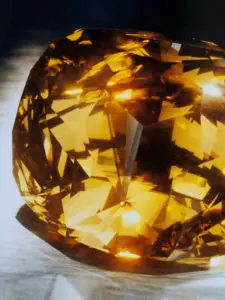
The Golden Jubilee
Golden Jubilee diamonds are among the most famous Champagne jewels ever discovered.
Its worth is over $12 million, the diamond has 545.67 carats in weight! It surpassed the Cullinan I when people discovered the stone in 1985. It immediately became the record holder for the largest faceted diamond. This stone’s cut is termed Fire Rose Cushion, and its color is Fancy Yellow-Brown.
Fun fact: people thought this stone was incredibly ugly and unsightly before it was cut. But following an incredibly successful cut—the significance of which we have already covered—it took on an incredibly impressive appearance.
There is an unusual backstory to the Golden Jubilee diamond. Ten years after its discovery, in 1995, it was acquired from De Beers. Subsequently, the stone was in Vatican in Rome, where Pope John Paul II bestowed upon it a papal blessing. Subsequently, it received blessings from Thailand’s Supreme Buddhist Patriarch and Supreme Imam.
on the occasion of his 50th anniversary of coronation, the Thai King received The Golden Jubilee diamond after all these blessings. Then, this diamond’s name appeared in 1997.
The Golden Maharaja
The Golden Maharaja diamond is the name of another famous Champagne diamond. The diamond in question is a fancy dark orange brown pear-shaped stone with VS2 clarity. It has a striking 65.57 carat weight.
In 2006, the Golden Maharaja diamond brought $382,400 at the Sotheby’s auction in New York.
The Golden Pelican diamond
A remarkable brown diamond is the Golden Pelican, weighing 69.93 carats.
It was found in South Africa and placed in a ring that Baron Corso de Palenzuela von Habsburg was wearing. People say, the diamond provided financial support for the release of Jews who were being persecuted in Cuba.
The diamond brought $3 million at auction when it was sold at Christie’s in the 1970s.
The Thompson Diamonds
The Thompson diamonds
Harry Winston created the exquisite Thompson Diamonds set, which consists of earrings and a pendant, in the middle of the 20th century.
Winston acquired a 264-carat rough brown diamond in 1956. He cut the raw stone into three pieces in 1957, each measuring 36.73, 20.46, and 19.12 carats.
Encircling the 36.73 carat fancy brown diamond in the pendant are 33 pear-shaped colorless diamonds totaling 9.03 carats. The two smaller stones placed in matching earrings that had a total of 10.75 carats worth of pear-shaped colorless diamonds as an accent.
Harry Winston sold the pendant and the earrings to Mrs. Thompson in 1957.
It’s crucial to pay attention to this, nevertheless, since some people think the Thompson Diamonds display a cognac color rather than champagne. To be honest, is essentially the same thing.
Subscribe to discover the world of diamonds and gems. If you have any questions, please let us know.


